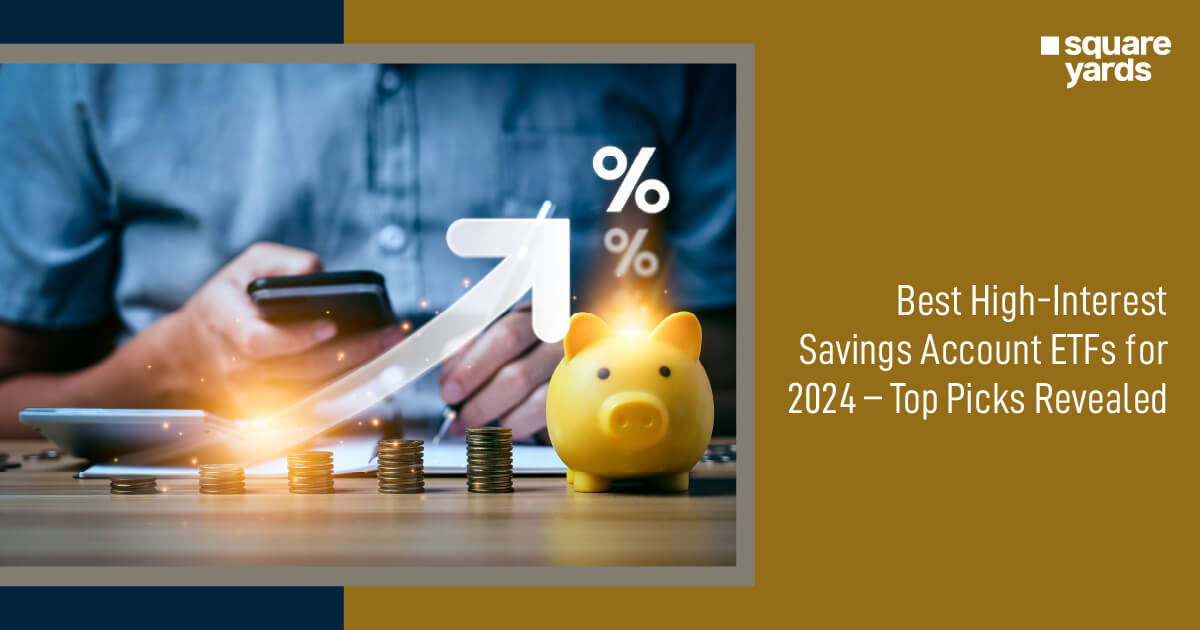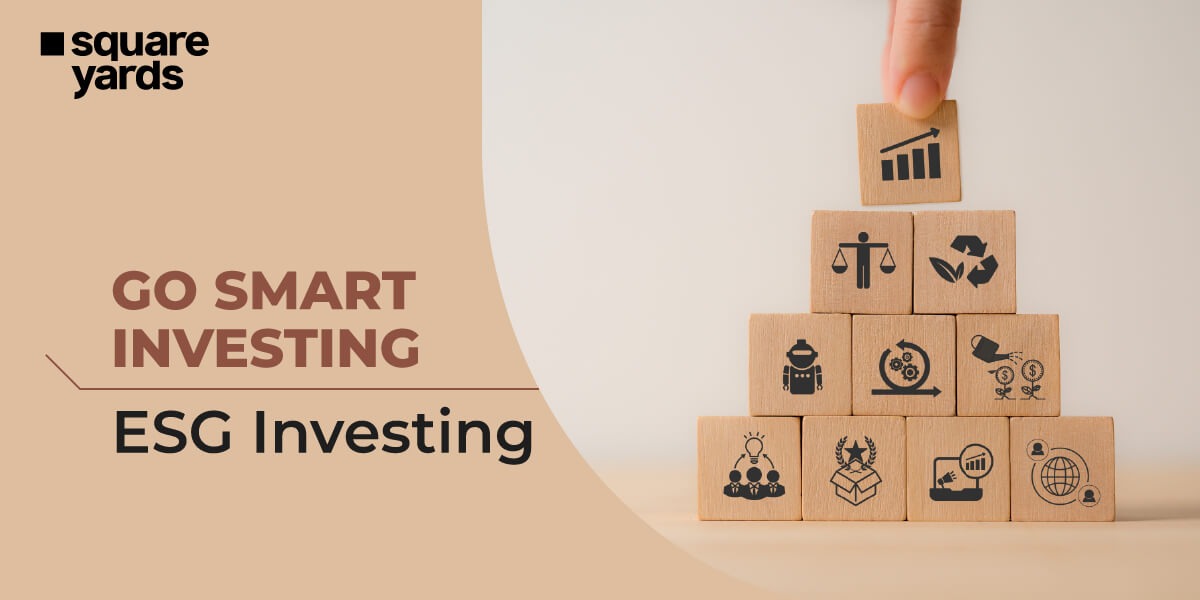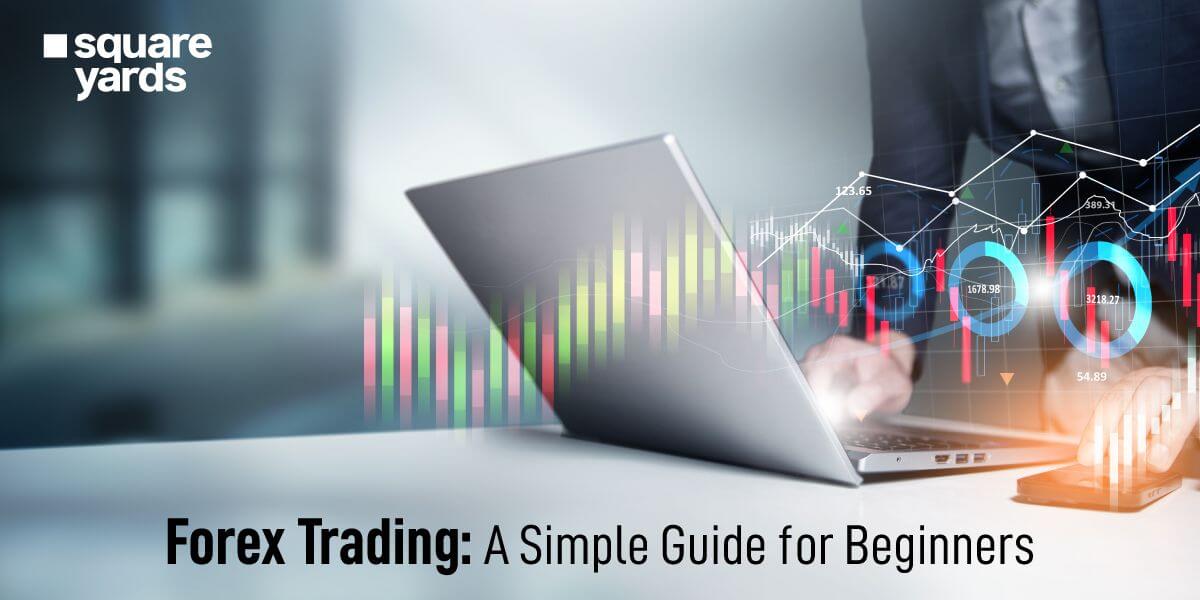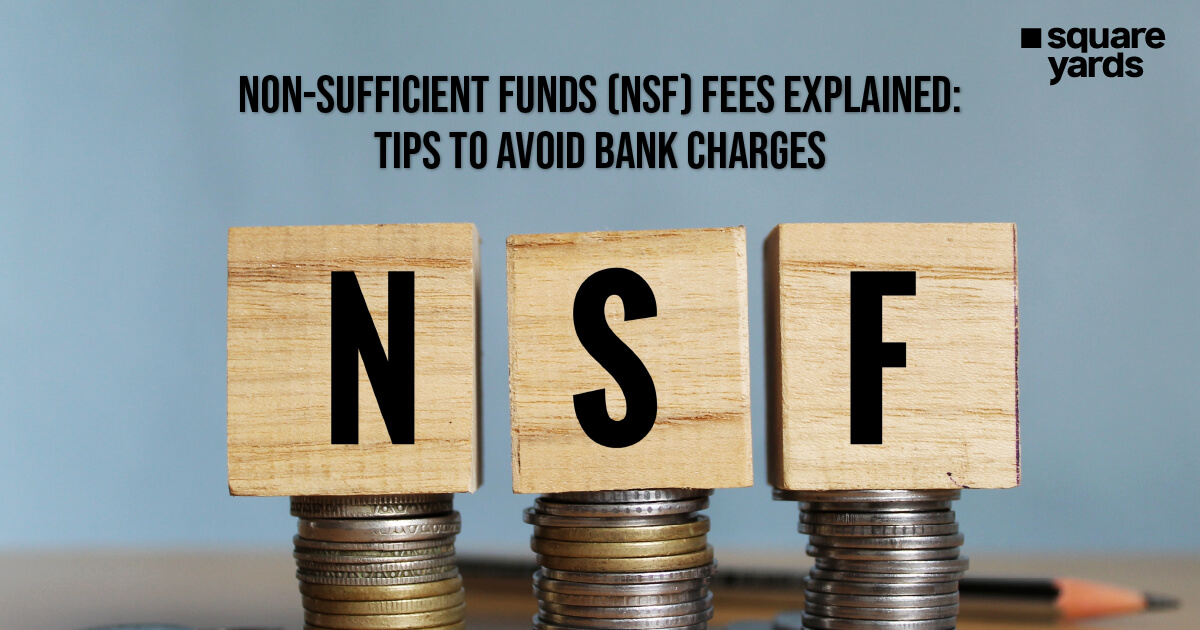Investing in real estate can be complex, but tools like the equity multiple can simplify the process. The equity multiple formula helps investors understand the potential returns on their invested money. This blog will explain the equity multiple in real estate, how to calculate it, and how it compares to other metrics like the Internal Rate of Return (IRR). By understanding these concepts, investors can make better decisions and evaluate potential investments more effectively.
Defining Equity Multiple
The equity multiple is a simple way for investors to see the returns on their invested money, allowing them to compare various investment options quickly. One big benefit of the equity multiple is its simplicity in calculation. However, unlike other measures like the internal rate of return (IRR), it does not consider the time it takes to get a return on investment. Despite this drawback, the equity multiple is useful for investors who want a quick idea of how profitable an investment is.
Calculating Equity Multiple

Understanding how to calculate the equity multiple is crucial for evaluating an investment’s profitability. This metric helps investors see how much return they can expect relative to their initial investment. The process is simple and involves a few basic steps. Let’s go through an example to make it clear.
To calculate the equity multiple, use the equity multiple formula:
Equity Multiple = Total Cash Distributions / Total Equity Invested
Suppose you invest $50,000. Over four years, you earn $15,000 annually. You also return your initial $50,000 investment at the project’s end.
Here’s how to figure out the equity multiple in real estate:
-
- Multiply the yearly earnings by the number of years: $15,000 x 4 = $60,000
- Add the return of the initial investment: $60,000 + $50,000 = $110,000
- Divide the total cash distributions by the initial investment: $110,000 / $50,000
In this case, the equity multiple is 2.2x. This calculation means you earned 2.2 times the original amount you invested.
Practical Examples of Equity Multiple in Real Estate
Understanding how equity multiple and IRR (Internal Rate of Return) work can help investors make better decisions. Let’s examine two investment scenarios to see how early cash flows impact returns.
Example 1: Effect of Early Cash Flows on Returns
Let’s compare two investment scenarios, each needing $200,000 and lasting five years.
|
Equity Invested |
Scenario A |
Scenario B |
|
$200,00 |
$200,00 |
|
|
Year 1 |
$50,000 |
$10,000 |
|
Year 2 |
$10,000 |
$10,000 |
|
Year 3 |
$10,000 |
$10,000 |
|
Year 4 |
$10,000 |
$10,000 |
|
Year 5 |
$150,000 |
$200,000 |
|
IRR |
15.50% |
14.50% |
|
Equity Multiple |
1.20X |
1.25X |
In Scenario A, the IRR is higher, but the equity multiple is lower because there is a significant return in the first year. In Scenario B, the IRR is lower, but the equity multiple is higher due to consistent returns each year and a large payout in the fifth year when the owner sells the property.
-
- Scenario A: Total return is $230,000
- Scenario B: Total return is $240,000
The key takeaway is that Scenario A has a higher IRR due to big returns early, while Scenario B has a higher equity multiple because it makes more money overall.
Example 2: Consistent Cash Flows and Their Influence on Profitability
This example compares two scenarios with the same investment and period.
|
Equity Invested |
Scenario A |
Scenario B |
|
$150,00 |
$150,00 |
|
|
Year 1 |
$0 |
$10,000 |
|
Year 2 |
$0 |
$60,000 |
|
Year 3 |
$0 |
$10,000 |
|
Year 4 |
$0 |
$10,000 |
|
Year 5 |
$300,000 |
$200,000 |
|
IRR |
16.20% |
26.50%% |
|
Equity Multiple |
3.0X |
3.0X |
Both scenarios profit $300,000 at the end of five years, plus the return on the original investment. This data means both have a 3.0x equity multiple.
-
- In Scenario A, the investor earned a profit at the end of five years.
- In Scenario B, the profit is earned gradually, with a big return from a refinance in the second year.
Even though both scenarios have the same equity multiple, the IRRs are different:
-
- Scenario A: 16.2% IRR
- Scenario B: About 26.5% IRR
The key takeaway is that the timing of cash flows affects IRR. This data highlights the importance of considering equity multiple and IRR when evaluating investments.
Difference Between Equity Multiple and Internal Rate of Return (IRR)

Understanding the differences between equity multiple and internal rate of return (IRR) is key to evaluating investment performance. Here’s a comparison to help clarify these two concepts:
|
Equity Multiple |
Internal Rate of Return (IRR) |
|
It shows the total return on an investment to the initial capital invested. |
Measures the annual growth rate of an investment, considering the time value of money |
|
Easy to calculate |
More complex to calculate |
|
It does not consider the time it takes to achieve returns |
It considers the time value of money |
|
Useful for a quick, straightforward comparison of total returns |
Provides a more detailed understanding of profitability over time, considering the timing of returns |
|
Does not factor in the timing of cash flows |
It takes the timing of cash flows into account, offering a more comprehensive measure of an investment’s profitability |
|
It is best for comparing the total returns of different investments quickly |
It is best for understanding the annual growth rate and detailed profitability of investments over time |
Choosing Between Equity Multiple and IRR
As we have seen in the examples, two investments with the same initial money and the same period can have different equity multiples and IRRs. This trend raises the important question of which one must focus on based on one’s goal.
Quick Returns vs. Higher Profit
If you are an investor looking for quick returns, you might want a deal with a higher IRR. IRR measures the annual growth rate, accounting for the time value of money. A higher IRR indicates getting your money faster, which is crucial if you require liquidity for other investments. However, if you are in no rush and your goal is to maximise profits, you can stick to the equity multiple and wait for a higher one.
Consider Your Goals
Think about your investment goal. A higher IRR may be your best option if you need quick returns to cover your expenses. On the other hand, if you are more inclined towards generating profit, the higher equity multiple is just for you.
No One-Size-Fits-All
Remember, neither option is inherently better. It all depends on your personal goals and financial situation. By understanding both metrics, you can make a more informed decision that aligns with your investment strategy.
Limitations of Using Equity Multiple for Investment Evaluation
One main drawback of using the equity multiple in real estate is that it needs to consider the time value of money. Let’s say you find an investment with a high equity multiple of 3.5x—it might look fantastic at first. However, if it takes 20 years to achieve that return, it might not be as appealing as other options that take less time. After calculating the equity multiple, it’s crucial to consider how long you need to hold the investment. An investment with the same equity multiple that returns money sooner could be more attractive.
For example, there are two investments with an equity multiple of 2.0x. Suppose investment takes ten years to double the money while investment B takes only five years. Even though both have the same equity multiple, investment B is more lucrative because it returns the money faster, allowing you to reinvest faster.
Final Thoughts
In short, understanding the equity multiple in real estate is essential for evaluating real estate investments. By using the equity multiple formula, investors can get a quick view of the potential returns and help compare different options easily. However, unlike IRR, it doesn’t consider how long it takes to get those returns for a complete picture of an investment’s profitability. This feature is especially important in equity multiple real estate, and crowdfunding situations. By balancing quick returns with a higher IRR and long-term profit with a higher equity multiple, investors can make better decisions that match their financial goals.
You May Also Read
|
Guide To Home Equity Credit |
|
|
Know The Taking Equity Out of Home |
|
|
All About Home Equity Interest Rates |
|
|
Understand Home Equity Loan in Canada |
Frequently Asked Questions (FAQs)
What is the equity multiplier?
The equity multiplier is a ratio that shows how much of a company’s assets are paid for by shareholders' money. It is calculated by dividing total assets by total equity.
Is a high equity multiplier bad?
A high equity multiplier can mean that a company uses a lot of debt to pay for its assets, which can be risky. It depends on whether the company can manage and repay its debt.
What is the difference between ROE and equity multiple?
Return on Equity (ROE) measures how well a company makes profits from its shareholders' money. The equity multiple shows the relationship between a company’s assets and equity. ROE looks at profitability, while the equity multiple looks at how investors finance the company.
What percentage is considered high equity?
High equity means owning a large part of an asset or company. Owning 50% or more is usually considered high, but it can vary depending on the situation.
Is a higher or lower equity ratio better?
A higher equity ratio is usually better because the company relies less on debt and is more financially stable. However, the best equity ratio can vary depending on the industry and company strategy.











